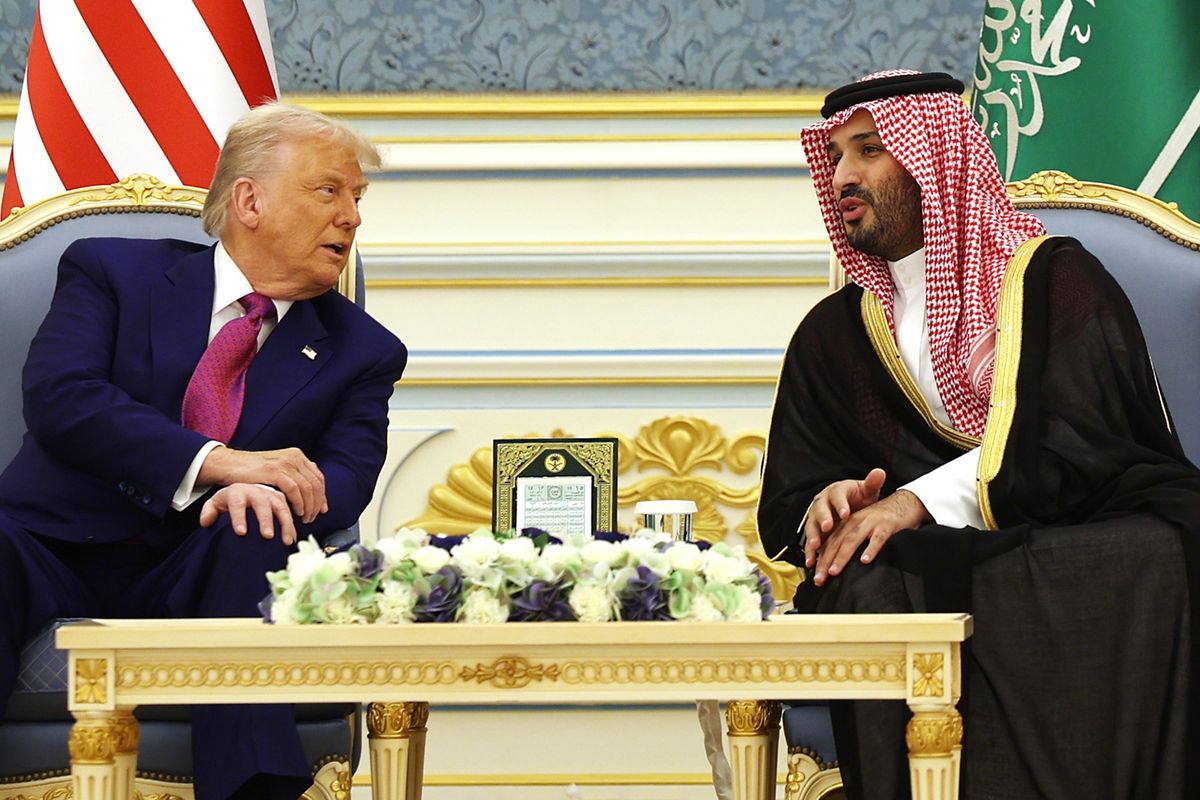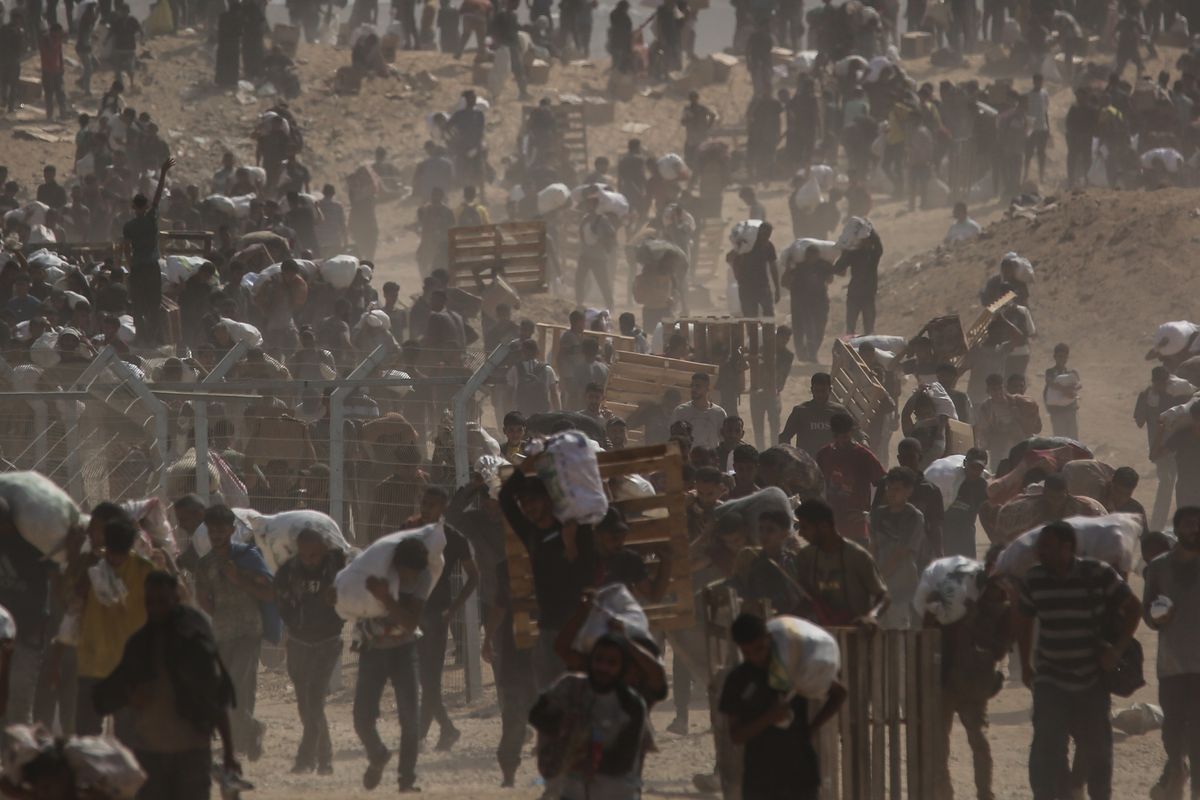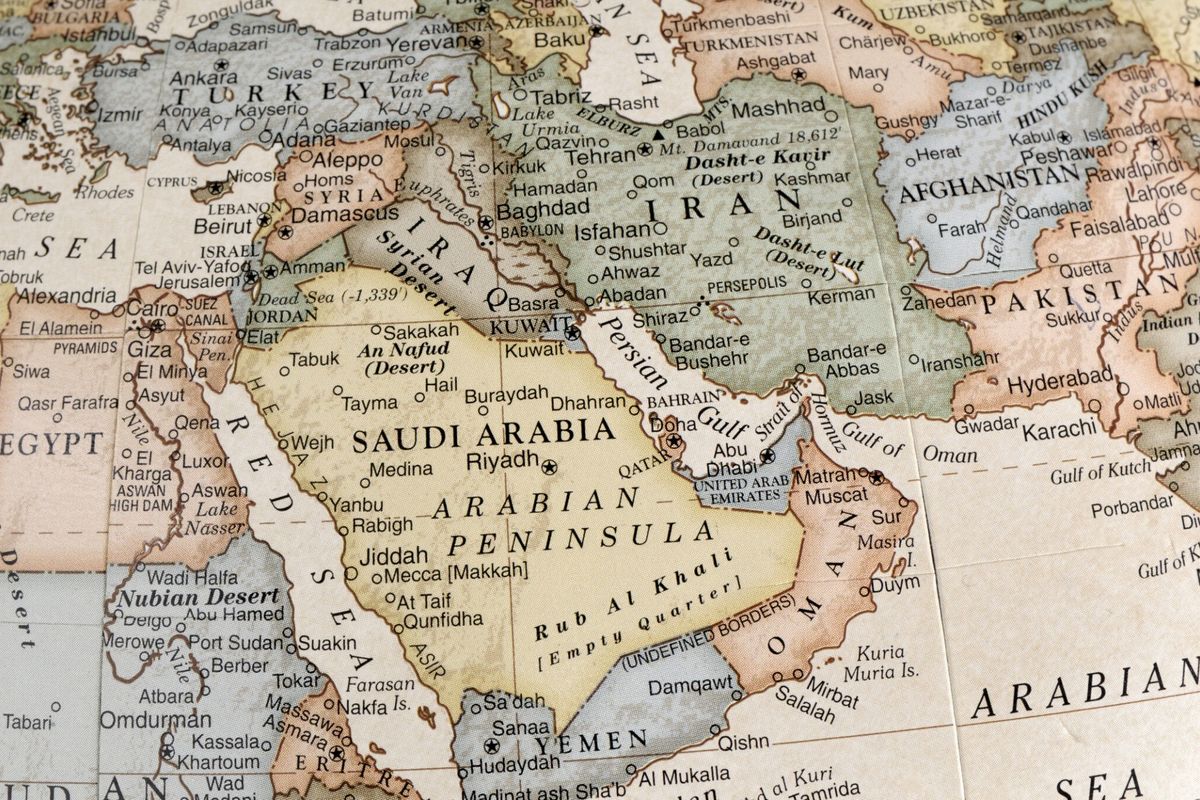President Donald Trump’s first trip abroad to Saudi Arabia is aimed at re-ordering America’s approach to the Middle East and reinforcing Saudi Arabia’s centrality to U.S. policy. The Saudi Arabia that Trump will see is in the midst of a nationwide effort to transform itself economically and socially. He will also have a front row seat to the competition to succeed current Saudi King Salman bin Abdulaziz al Saud. Yet, the growing quagmire in neighboring Yemen could disrupt all of this, upending everything in its path.
Trump’s visit to the Kingdom – the twelfth trip by a U.S. president since World War II – will likely be marked by a massive arms deal, a pledge to invest billions of Saudi money in the United States, renewed outside-in efforts to end the Israeli-Palestinian conflict, and paeans to parallel coalitions fighting terrorists. The visit will also highlight Saudi Arabia’s conflict with Iran, the transformational Vision 2030, U.S.-Saudi energy deals, and defense modernization.
This agenda is the handiwork, in part, of Deputy Crown Prince Mohammed bin Salman and White House senior advisor (and Trump’s son-in-law) Jared Kushner. As one former White House aide recently observed, the U.S.-Saudi relationship is being guided by two crown princes – one Saudi and one American.
To that end, Trump’s trip will likely be a boon to Prince Salman over the older, more seasoned heir apparent, Crown Prince Mohammed bin Nayef. Though capable in meetings, King Salman sees his winter is coming. The April 23 shuffle of government positions is a well-telegraphed effort to consolidate and advance Prince Salman’s interests and ambitions. Favored families were rewarded and alliances were expanded. The recent change of Saudi ambassadors in Washington also reflects the times. The appointment of Khaled bin Salman, Prince Salman’s younger brother, to be the new Saudi ambassador helps ensure that there are no filters, diversions, or distractions injected by older royals.
The visit will surely lift up Prince Salman’s key project, Vision 2030, which includes Saudi Aramco’s initial public offering, a new sovereign wealth fund, tax reforms, and subsidy cuts. And though Crown Prince Nayef holds the counterterrorism file, Prince Salman will likely be front and center thanks to the Saudi-led counterterrorism coalition he established. In doing so, Trump’s stay in Saudi Arabia could impact the rivalry between Princes Salman and Nayef.
Yet, the largely stalemated war in Yemen can threaten much of what Saudi Arabia wants to accomplish internationally and economically. And, the war’s trajectory may influence the competition to succeed King Salman.
Yemen’s civil war, which began even before the Saudi-led coalition intervened, has devastated the country, and famine is threatening to take hold. The internationally recognized government led by President Abdrabbuh Mansour Hadi is trying to regain territory taken by Houthi rebels backed by Iran and forces aligned with former Yemeni President Ali Abdullah Saleh. The Saudis and Emiratis have focused much of their support on air power. Unfortunately, there have been several disastrous airstrikes resulting in civilian casualties undermining their efforts. At the same time, the military progress on the ground has been limited. The humanitarian consequences have also been devastating, with nearly 17 million Yemenis in need of some form of assistance, 7 million facing starvation, and 2.2 million internally displaced.
Moreover, the appearance of a more capable Saudi Arabia engaged in a war in Yemen re-energized longstanding criticisms of the Kingdom and triggered new anxieties about the direction of the current Saudi leadership. The persistent threat of an assault on the Red Sea port of Hudaydah, key for deliveries of food and medicine and in the face of U.N. humanitarian objections, has not helped public perceptions either. In international circles, the war has been a significant public relations challenge, distracting from the economic and social progress that the Saudi Vision 2030 promises.
The war has also been expensive and ill-timed, coming during a devastating trough in world oil prices. Estimates abound, but most observers have focused on the $5.3 billion increased military and security costs in 2015, attributed by Saudi Economy Minister Adel Fakeih to the war, and the $200 billion decline in Saudi net foreign assets over the last two years. The war has also fueled whispers about Prince Salman’s judgment. Whether fair or not, these criticisms have created a drain on Saudi Arabia’s ability to market its new economic agenda and its new generation of leadership.
President Trump could use his historic first visit to persuade Saudi leaders that the Yemen conflict threatens their agenda even more than their southern border. In that vein, Trump could urge Saudi leaders to adopt a more business-like approach to the war. One bold step would be to call off any operation against Hudaydah port and focus the Coalition’s energies on military offensives, where the pressure is predominately military and there are far fewer humanitarian consequences. In furtherance of this strategy, the Saudis could enlist Coalition partners to help where their skills are strongest.
Trump could also offer to provide intelligence and interdiction assistance focused on dhows that may be carrying Iranian weapons into Yemen in violation of a UN arms embargo. This effort could be modeled on a similar maritime interdiction operation used to monitor the flow of goods into Iraq after the first Gulf War. Trump could simultaneously announce that the United States will once again take a leadership role alongside the U.N. to advance Yemen’s stalled peace talks.
Together, these steps could help prevent the war in Yemen from wrecking the shared U.S.-Saudi agenda and Trump’s visit. Of course, early moves in the Middle East – like President Obama’s speech in Cairo – can look a lot different in the rear view mirror. There’s still time, if these two princes are willing to act.











